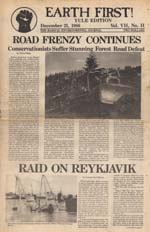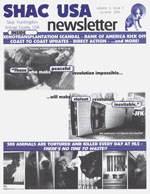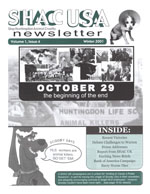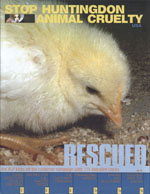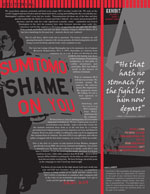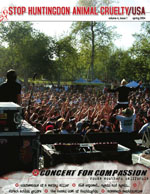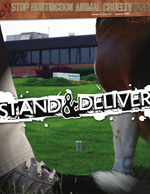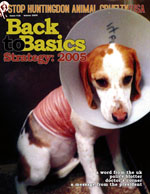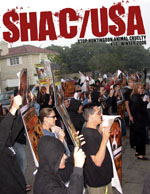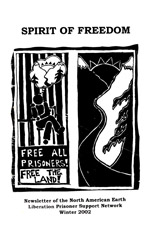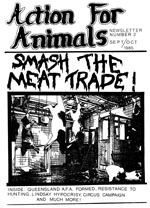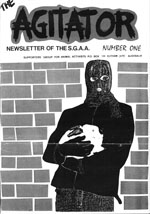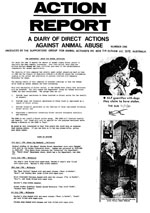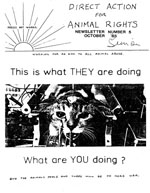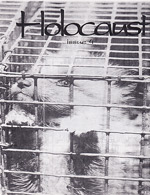The Vegan News #1
The Vegan News #1 (1944, Leicester, England)
Seventy years ago an ethical vegetarian named Donald Watson began to see the problems inherent in consuming milk and eggs. The prevailing wisdom at the time was that a human could not be healthy without those products, so Watson attempted an experiment. He altered his diet to be entirely plant based and found the results to be encouraging. Soon after he coined the word “vegan” and started the first Vegan Society. In 1944, with a membership of twenty five, they released their first newsletter.
The relevance of this document to animal liberationists can not be understated. While Donald Watson was not among those carrying on anti-vivisection or blood sports work in the 1940s, his vision of a human culture that could live without the products of cruelty laid the foundation for all the work that has come since. Without the hypocrisy inherent in defending one species while exploiting another, new realms of possibility opened up for philosophy and action in our relationship with non-humans.
The inaugural issue of The Vegan News makes for an interesting read. Many of the arguments inside could be pulled straight out of today’s Facebook debates. However, because of the work of those first 25 members of the vegan society, these discussions are now being lead by hundreds of thousands of vegans, and eventually will be made by tens of millions of us. It all started with this hand typed, self published newsletter made almost seven decades ago.
Special thanks to Ryan Shapiro for sharing this document with us.



